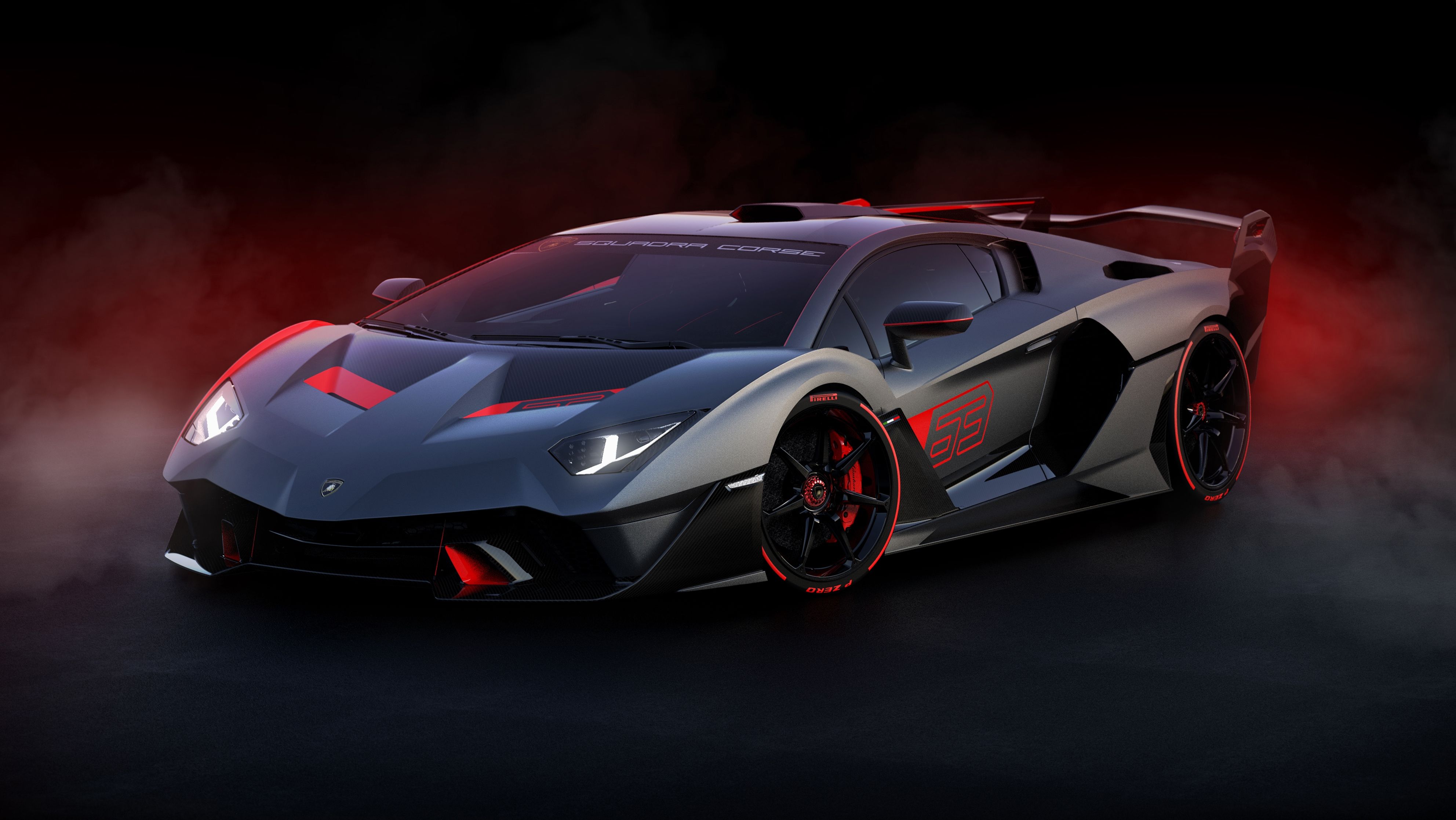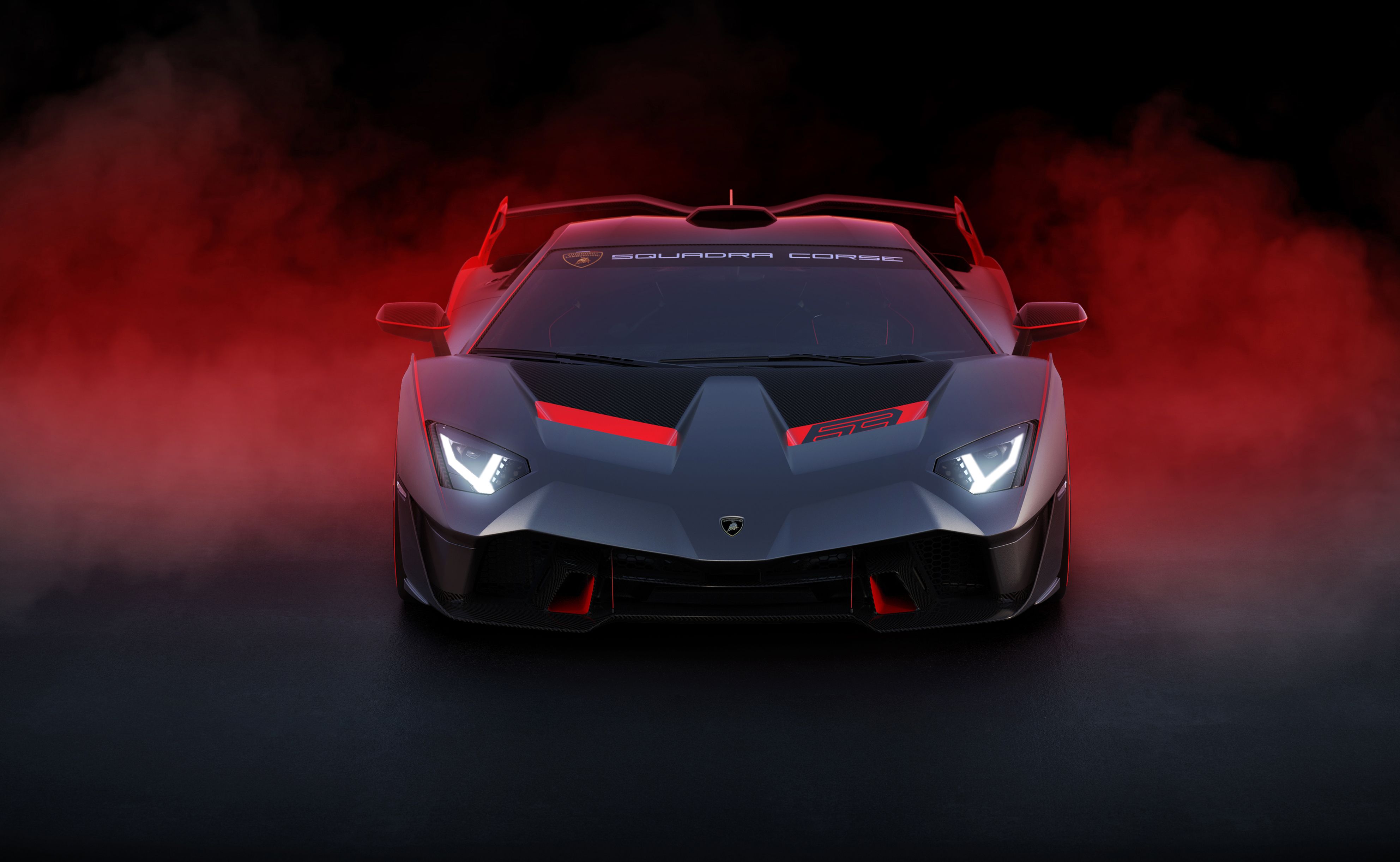With a decade on the market and God knows how many special editions and versions, the Lamborghini Aventador will soon be sent into the history books. That, however, won't happen until Lamborghini comes up with a hybrid powertrain that will allow natural aspiration to live on for the company's V-12 without conflicting with the ever-stricter emission regulations.
In 2019, Lamborghini launched the Sian FKP 37, a $3 million, 808-horsepower hybrid supercar fitted with a supercapacitor technology meant to keep weight - a trait that plagues pretty much every PHEV out there - in check.
Mind you, the Sian wasn't the Aventador successor - in fact, it was developed and built on Lambo's range-topping model. At the same time, we've been wondering when is Lamborghini planning to replace the aging Aventador, and while there's no precise answer to that question, Autocar has more details on what will power Sant'Agata Bolognese's next V-12 supercar.
Speaking to company boss Stephan Winkelmann, the outlet found out that 2021 will be "a moment of stabilization" for Lamborghini. Come 2022, the company will start "pushing for the next level" after it had developed a "clear vision" of what electrification means for its future lineup.
While this is not exactly concrete info, Mr. Winkelmann is aware that the hybrid tech infused in the Aventador's replacement will have to work both ways: 1) abide by current and future emissions regulations and 2) keep the Lamborghini spirit undiluted. "This is what we are working on now," added the CEO.
Again, Mr. Winkelmann didn't exactly delve into specifics, but Autocar quotes unnamed sources that say two hybrid cars might be on their way: one is a final special edition based on the Aventador - which will also sing the supercar's swan song, while the other is the Aventador's replacement itself, powered by a Sian-inspired supercapacitor setup.
In the Sian, the naturally-aspirated V-12 produces 774 horsepower, while the hybrid gizmo is responsible for 34 horsepower. That might not sound like much, but the setup has an obvious advantage over traditional hybrid configurations: it adds just 75 pounds to the overall weight of the car.
What's more, perhaps Lamborghini thinks it can refine the supercapacitor technology (developed with a team of scientists at MIT) to offer extra power for the same compact and lightweight packaging.
At the same time, rumor has it that the refreshed Urus is getting a PHEV variant powered by a Porsche-sourced V-8 coupled with a "feisty electric power unit" for a total system output of 820 horsepower.
Obviously, whatever supercar will pick up the pace once the Aventador goes singing on a cloud won't get a V-8, but the electric tech could be shared within the lineup. It certainly makes sense, financially-wise, as Lamborghini won't have to develop two different setups - instead, it would use one to keep R&D costs in check.
In any case, change in the automotive landscape (stratosphere included) is forcing Lamborghini to change and while it's still too early to jump to conclusion, the company's upcoming supercars are going to set to tone for what's to come out of Sant'Agata Bolognese.


